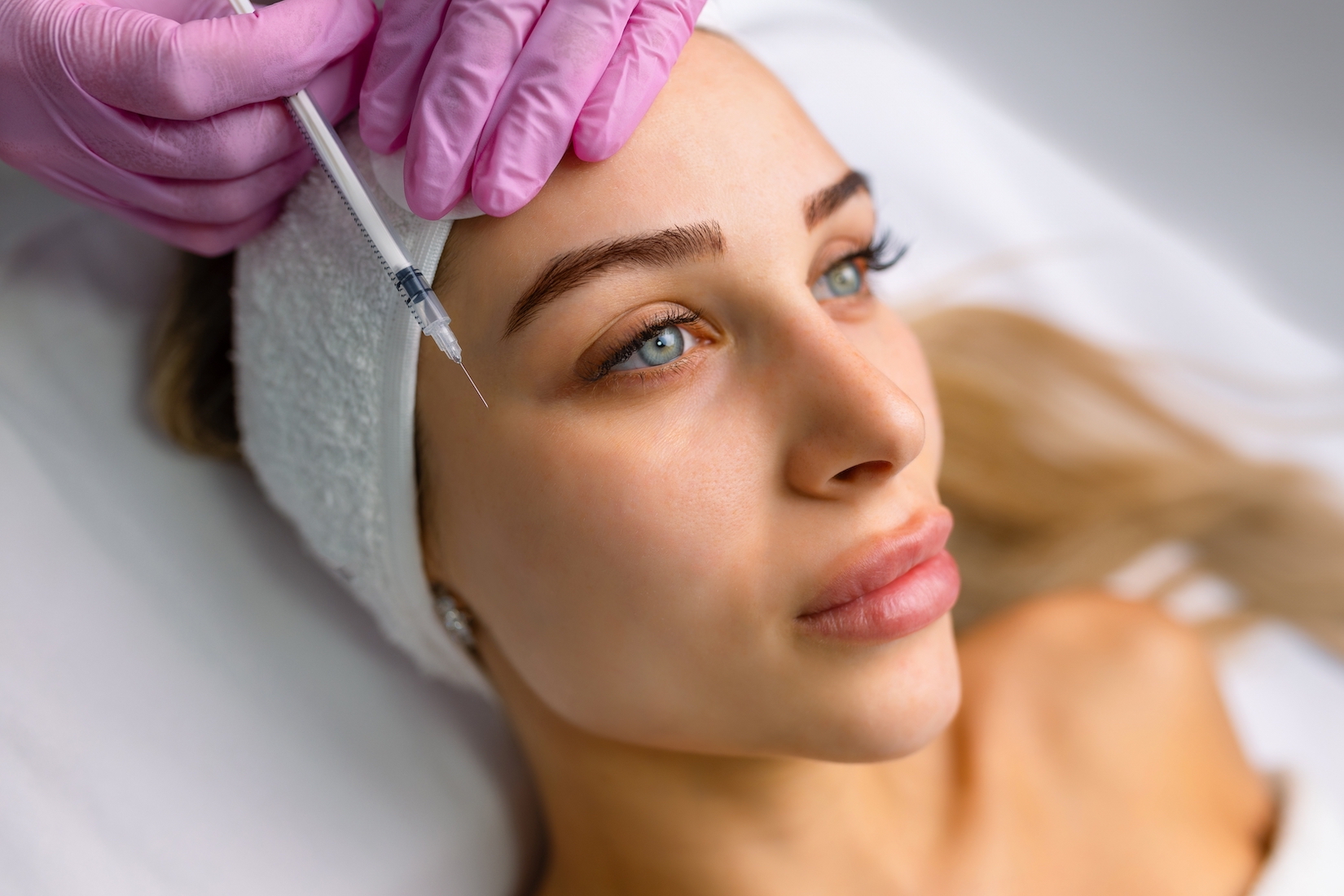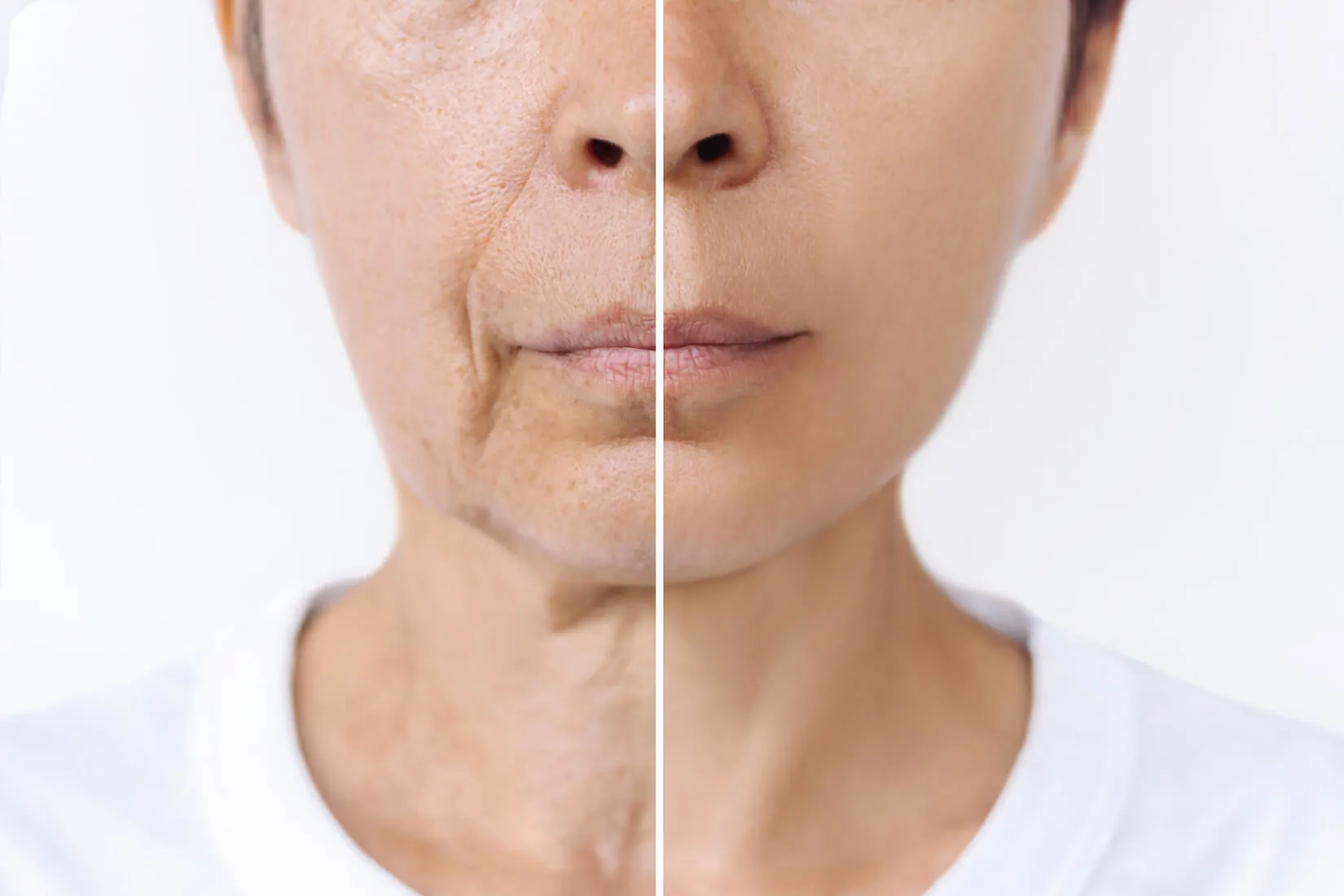Botox has become a go-to treatment for reducing fine lines, smoothing forehead wrinkles, and giving the face a more youthful, refreshed appearance. When performed correctly, it offers subtle and beautiful results with little to no downtime. But in rare cases, patients may experience an unintended side effect: a drooping eyebrow — also known as eyebrow ptosis.
If you’ve recently had Botox in Denver and noticed that one or both of your eyebrows look lower than expected, we can help you. While this side effect can be frustrating, it’s often temporary, manageable, and preventable. In this blog, we’ll explore why a drooping eyebrow happens after Botox, what you can do about it, and how to avoid it in the future.
What Causes a Drooping Eyebrow After Botox?
To understand how Botox can cause brow drooping, it helps to know how the product works. Botox is a neurotoxin that temporarily relaxes specific muscles by blocking the nerve signals that cause them to contract. When injected into facial muscles, it softens dynamic wrinkles — especially in the forehead, between the brows (glabellar lines), and around the eyes.
However, precision is key. If too much Botox is injected — or if it’s placed too low on the forehead — it can affect the frontalis muscle, which is responsible for lifting the eyebrows. When this muscle is overly relaxed, the brow can lose its natural elevation, causing it to appear flat or droopy.
Contributing factors may include:
- Overcorrection of forehead lines
- Injections placed too close to the brow line
- Anatomical differences in forehead muscle strength
- Natural eyebrow asymmetry that becomes more pronounced after treatment
In some cases, only one brow may appear lower, creating a lopsided look. This can be the result of uneven muscle activity or an imbalance in injection placement.
Is a Drooping Eyebrow Dangerous?
No, a drooping eyebrow after Botox is not harmful — but it can be aesthetically distressing. Most cases are mild and resolve on their own over time as the effects of Botox begin to wear off.
The average duration of Botox is 3 to 4 months, but eyebrow ptosis usually improves well before that — often within 4 to 6 weeks.
If the droop is more severe, it may impact your facial expression or make your eyes appear smaller or tired. Fortunately, there are treatment options available to help minimize the appearance while you wait for the effects to fade.
How Common Is Brow Drooping After Botox?
Brow drooping is considered an uncommon complication, especially when the treatment is performed by an experienced, skilled injector. Studies suggest the rate of eyebrow ptosis is well below 2–3% and often linked to factors like improper technique, poor understanding of facial anatomy, or lack of customization.
Patients who’ve had Botox before and never experienced drooping may still develop it if their injection pattern changes, their anatomy shifts with age, or a less experienced provider administers the treatment.
How Can a Drooping Eyebrow Be Corrected?
The good news is that there are several ways to correct or manage a drooping eyebrow after Botox.
1. Wait It Out
The most common recommendation is to wait for the Botox to wear off, which naturally restores muscle function and lifts the brow back into place. While this can be frustrating, patience is often the simplest and safest route.
2. Strategic Botox Adjustments
In some cases, an experienced injector can inject a small amount of Botox into opposing muscles to rebalance the facial dynamics. For example, injecting a small amount above the tail of the brow (if not already treated) can give a gentle lift and improve symmetry.
This type of correction must be done carefully — by someone who deeply understands facial anatomy — to avoid making the issue worse.
3. Prescription Eye Drops
Certain eye drops, such as apraclonidine, may temporarily help lift a drooping eyelid or brow by stimulating the muscles that raise the upper lid. While they’re not a permanent fix, they can offer temporary relief for special events or social situations.
4. Massage (When Advised)
Very gentle massage techniques — if recommended by your provider — may help encourage blood flow and slightly stimulate nearby muscles. However, this should only be done under medical guidance, as improper massage can interfere with Botox placement in the early days post-treatment.
How Long Does It Take to Recover from Eyebrow Ptosis?
Most patients see improvement within 4–6 weeks, though full recovery may take up to three months. It depends on your metabolism, the amount of Botox injected, and how your body responds.
During this time, applying makeup to lift or reshape the brow can help camouflage the issue. A skilled aesthetic provider may also offer brow shaping tips or complementary services (like a brow wax or lift) to soften the appearance.
How to Prevent Brow Drooping in the Future
If you’ve experienced brow ptosis after Botox, it doesn’t mean you should avoid the treatment altogether — but you may need a different approach next time. Here’s how to reduce your risk:
1. Choose a Qualified Injector
Perhaps the most important step is selecting a board-certified plastic surgeon or experienced aesthetic injector who understands the intricacies of facial muscles and how Botox interacts with them. Precision placement is essential to avoid unwanted side effects.
2. Discuss Past Experiences
Be sure to tell your provider if you’ve had Botox before and experienced any brow or eyelid drooping. This allows them to tailor your treatment plan and adjust placement or dosage accordingly.
3. Use the Right Dosage
Sometimes, less is more. Starting with a conservative dose and making touch-up adjustments later can reduce the risk of over-relaxing key facial muscles.
4. Avoid Rubbing or Lying Down Right After Injections
To minimize unintended Botox migration, follow your injector’s aftercare instructions: avoid rubbing the area, lying flat, or engaging in intense activity for the first 4–6 hours post-treatment.
When to Contact Your Provider
If you notice a drooping eyebrow within a few days to two weeks after your Botox treatment, reach out to your provider. While the issue is typically temporary, they can assess the severity and recommend the best course of action — whether it’s monitoring, a small adjustment, or prescribing eye drops to provide relief.
Prompt communication helps build trust and ensures you feel supported throughout the process.
Brow Drooping After Botox Is Treatable and Temporary
While a drooping eyebrow after Botox can be surprising or concerning, it’s important to remember that the condition is almost always temporary, manageable, and correctable. In most cases, the brow regains its natural position as the effects of Botox fade.
To reduce your risk and ensure the best results, always choose a qualified provider — like Dr. Manish Shah, a board-certified plastic surgeon with years of experience in facial aesthetics and injectable treatments.
If you’re considering Botox or have questions about an unexpected result, schedule a consultation with Dr. Shah and his expert team. They’ll guide you through the safest and most effective plan to help you look and feel your best.







